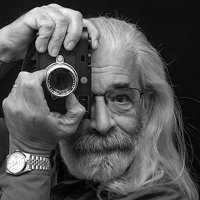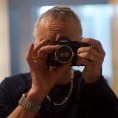Radioactive Leica 50mm f2 Collapsible Summicron (M39) good idea as only Lens?
-
Recently Browsing 0 members
- No registered users viewing this page.
-
Similar Content
-
- 135 replies
- 43,478 views
-
- 4 replies
- 290 views
-
- 17 replies
- 799 views
-
- 3 replies
- 652 views
-
Leica summicron-sl 50mm Asph or Sigma iserie 50mm f/2 dg dn
By Torpille,
- sigma 50mm
- summicron-sl
- (and 1 more)
- 4 replies
- 848 views
-




Recommended Posts
Join the conversation
You can post now and register later. If you have an account, sign in now to post with your account.
Note: Your post will require moderator approval before it will be visible.